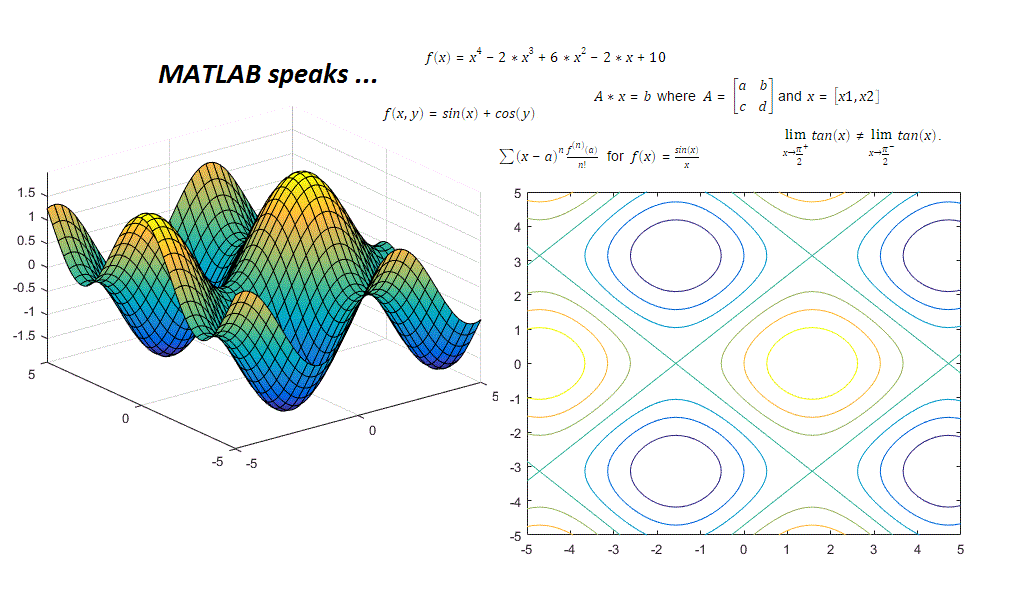

Some material deals with cutting-edge published research articles and provides a useful resource for open problems in nonlinear dynamical systems.Īpproximately 330 illustrations, over 300 examples, and exercises with solutions play a key role in the presentation. Chaos control and multifractal theories are also included along with an example of chaos synchronization. Common themes such as bifurcation, bistability, chaos, fractals, instability, multistability, periodicity, and quasiperiodicity run through several chapters. Part II includes examples from mechanical systems, chemical kinetics, electric circuits, economics, population dynamics, epidemiology, and neural networks. In Part I, both real and complex discrete dynamical systems are considered, with examples presented from population dynamics, nonlinear optics, and materials science. ReversePropagation.This introduction to dynamical systems theory treats both discrete dynamical systems and continuous systems. Driven by numerous examples from a broad range of disciplines and requiring only knowledge of ordinary differential equations, the text emphasizes applications and simulation utilizing MATLAB®, Simulink®, and the Symbolic Math toolbox.īeginning with a tutorial guide to MATLAB®, the text thereafter is divided into two main areas. Parallelized generic algorithms for finding equations from data SymbolicRegression.jl: Distributed High-Performance symbolic regression in Julia Representations of Koopman operators and Dynamic Mode Decomposition (DMD) Simulate the models using the SciML ecosystem with O(1) Gillespie methodsĭataDrivenDiffEq.jl: Automatic identification of equations from dataĪutomated construction of ODEs and DAEs from data
#Symbolic math toolbox discrete code
Generate code for ODEs, SDEs, continuous-time Markov Chains, and more Symbolically build and represent large systems of chemical reactions ModelingToolkit.jl – Symbolic representations of common numerical systemsĬausal and acausal modeling (Simulink/Modelica)Īutomated model transformation, simplification, and compositionĬatalyst.jl – Symbolic representations of chemical reactions Layer 0: TermInterface.jl – Shared generic interface for symbolic expressions.ĭefinition of general functions for fast primitive manipulation of symbolic expressions.ĭefine methods for your expression types for the functions in this interface to use Metatheory.jl features on any expression type.ĭue to its deep connection to the expansive Julia package ecosystem, many organizations utilize the building blocks offered by JuliaSymbolics as the underpinning of their symbolic packages to build and extend the ecosystem. Layer 1: Metatheory.jl – General purpose algebraic metaprogramming and symbolic computation library.Ī powerful expression rewriting system and first-class pattern matching engine, based on the pattern matcher in the SICM book.Īn eDSL (domain specific language) to define different kinds of symbolic rewrite rules.Ī flexible library of rewriter combinators.Į-graph rewriting (equality saturation) system and pattern matcher, inspired from the egg libraryīacktracking and non-deterministic term rewriting using e-graphs.įeatures available as generic as possible: rewrite on Julia native Expr, Symbolics.jl expressions or any expression satisfying TermInterface.jl. use polynomial algebra to expand expressions) Rule-based simplification for further simplification Stores common expressions in a fast canonical form that is simplified by default Layer 2: SymbolicUtils.jl – The low-level representation and expression rewriting system:

Generation of (high performance and parallel) functions from symbolic expressionsįast automated sparsity detection and generation of sparse Jacobian and Hessians Special functions (list provided by SpecialFunctions.jl)Īutomatic conversion of Julia code to symbolic code Support for non-standard algebras (non-commutative symbols and customizable rulesets)

Symbolic equation solving and conversion to arbitrary precision Symbolic linear algebra (factorizations, inversion, determinants, eigencomputations, etc.)ĭiscrete math (representations of summations, products, binomial coefficients, etc.) Symbolic polynomials and trigonometric functions Symbolic arithmetic with type information and multiple dispatch Layer 3: Symbolics.jl – A fast symbolic system designed for everyday symbolic computing needs. It is currently home to a layered architecture of packages: JuliaSymbolics is the Julia organization dedicated to building a fully-featured and high performance Computer Algebra System (CAS) for the Julia programming language.


 0 kommentar(er)
0 kommentar(er)
